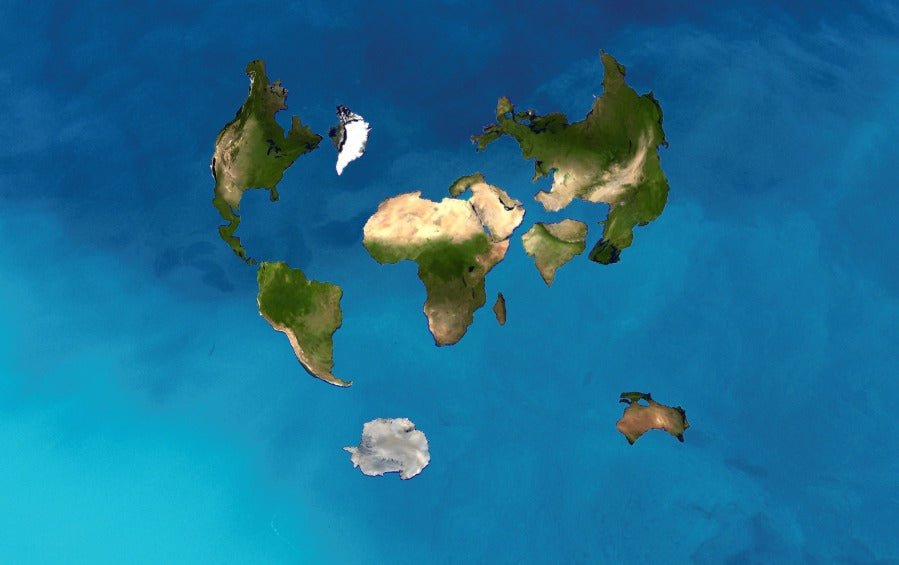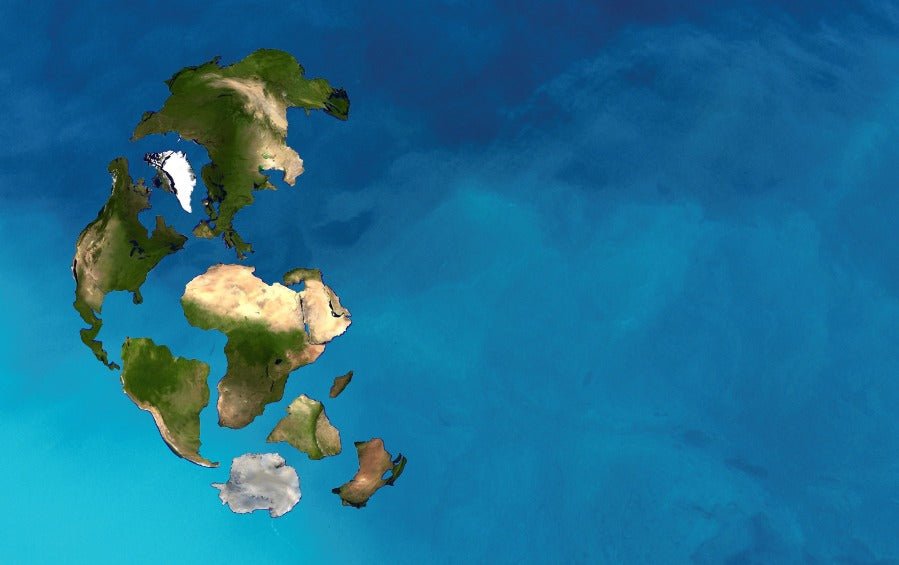Indian Ocean Formation | Pangea | Magnetic Puzzle | A3 Frame
Pangea, Gondwana and the formation of continents and the Indian Ocean Region. Get this fun magnetic Puzzle and make your own world map and hang it up with the A3 frame provided.
Do it with the kids, have fun and educate! Hang it up on your walls as a work of art! Have every kid visiting your home solve this puzzle!
Pangaea, a supercontinent existing millions of years ago, played a crucial role in the formation of the present-day oceans. As Pangaea began to break apart, it created new ocean basins, notably the Atlantic and Indian Oceans, shaping the Earth's geography as we know it. Starting around 200 million years ago, Pangaea began to rift and break apart. This process involved tectonic plates moving and separating, leading to the formation of new ocean basins. The most significant consequence of Pangaea's breakup was the formation of the Atlantic Ocean. As the continents of North and South America drifted westward and Europe and Africa moved eastward, the space between them gradually widened, creating the Atlantic.
Formation of the Indian Ocean | The breakup of Pangaea also led to the formation of the Indian Ocean, as landmasses like India and Madagascar moved northward.
India and the Indian Ocean: A Maritime Legacy
For over 4,000 years, India has been at the heart of Indian Ocean trade—its seafarers, shipbuilders, and merchant guilds forging connections across continents and cultures. From the Harappan dock at Lothal to the cosmopolitan merchant guilds of Aihole, Indian seafarers navigated monsoon winds and ocean currents to trade goods, ideas, and traditions. They sailed from the Makran coast to Mesopotamia, and from West Africa and the East African coast to Bali, Singapore, and China—long before the rise of European naval empires. This enduring tradition of indigenous seafaring not only powered commerce but also carried Indian philosophies, religions, and innovations far beyond its shores, shaping the cultural contours of the Indian Ocean world.



